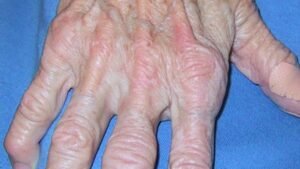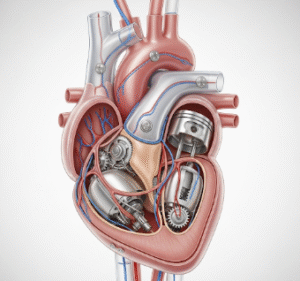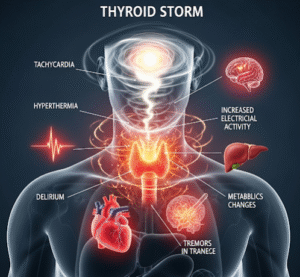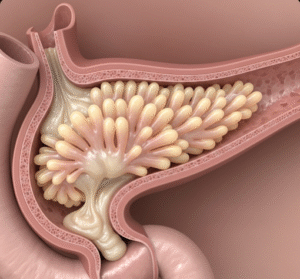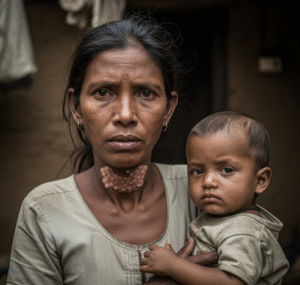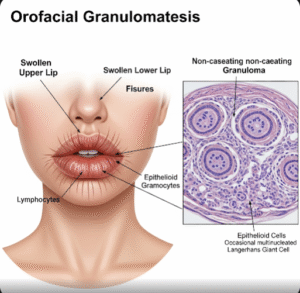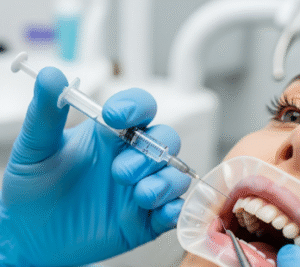Overview
Tics are sudden, repetitive, nonrhythmic movements or vocalizations that often occur in childhood or adolescence. They can range from mild and barely noticeable to severe and disruptive, affecting daily life, social interactions, and academic performance. Tics may be temporary (transient) or persistent, and in some cases, they are part of neurological disorders such as Tourette syndrome. South Korea provides advanced neurological and behavioral care for individuals with tics, including specialized pediatric neurology clinics, cognitive-behavioral therapy programs, and pharmacological management to reduce severity and improve quality of life.
What is Tics?
Tics are involuntary movements or sounds that occur repeatedly and suddenly. They are typically classified into two main types:
- Motor tics: Involve movements such as eye blinking, facial grimacing, shoulder shrugging, head jerking, or hand gestures.
- Vocal tics: Include sounds such as throat clearing, grunting, sniffing, or repeating words or phrases.
Tics may be simple (involving a single muscle group or sound) or complex (involving coordinated movements or multiple words/phrases). They often occur in bouts, increase with stress or excitement, and can temporarily decrease with focused activities.
Tics are sometimes associated with neurological or psychiatric conditions, including attention-deficit/hyperactivity disorder (ADHD), obsessive-compulsive disorder (OCD), or Tourette syndrome. Understanding the type, frequency, and triggers of tics is essential for proper management.
Symptoms
Symptoms of tics vary widely based on severity, type, and associated conditions:
Motor symptoms:
- Rapid eye blinking
- Facial grimacing or eyebrow raising
- Head jerking or nodding
- Shoulder shrugging or body movements
- Repetitive hand gestures
Vocal symptoms:
- Throat clearing or coughing sounds
- Grunting or humming
- Repeating words, phrases, or noises (echolalia)
- Involuntary shouting of words or inappropriate language (coprolalia, in severe cases)
Associated symptoms:
- Stress or anxiety can worsen tic frequency
- Fatigue or sleep deprivation may increase tic severity
- Concentration difficulties, particularly in children with coexisting ADHD
- Social embarrassment or low self-esteem due to visible or audible tics
Causes
The exact cause of tics is not fully understood, but they are believed to involve a combination of genetic, neurological, and environmental factors:
- Genetic predisposition: Family history of tics, Tourette syndrome, or other neuropsychiatric conditions increases risk.
- Neurochemical imbalances: Abnormalities in neurotransmitters such as dopamine may contribute to tic development.
- Brain structure and function: Differences in areas like the basal ganglia, frontal cortex, and thalamus may play a role.
- Environmental triggers: Stress, excitement, illness, or fatigue can exacerbate tics.
- Infections: Some cases are linked to pediatric autoimmune neuropsychiatric disorders associated with streptococcal infections (PANDAS).
Risk Factors
Several factors increase the likelihood of developing tics or severe tic disorders:
- Male gender (tics are more common and persistent in boys)
- Childhood onset, typically between ages 5 and 10
- Family history of tics, Tourette syndrome, ADHD, or OCD
- Coexisting neuropsychiatric conditions
- Exposure to stressful environments or high-pressure situations
Complications
While many tics are mild and do not cause major health issues, complications can occur, especially in persistent or severe cases:
- Physical injury: Forceful movements can result in muscle strain or joint injury.
- Sleep disruption: Frequent or severe tics may interfere with restful sleep.
- Emotional and social impact: Anxiety, social withdrawal, and bullying may occur in school-aged children.
- Academic difficulties: Concentration and learning may be affected in children with coexisting ADHD or OCD.
- Chronic tic disorders: Persistent motor or vocal tics lasting more than one year may impact long-term quality of life.
Early intervention and management in specialized Korean clinics can minimize these complications and improve daily functioning.
Prevention
While tics cannot always be prevented, certain strategies can reduce severity and frequency:
- Encourage a structured daily routine to minimize stress
- Ensure adequate sleep and rest
- Promote relaxation techniques, mindfulness, and stress management
- Early recognition and medical consultation for emerging tics
- Behavioral interventions to reduce tic frequency and associated anxiety
- Supportive home and school environment to prevent social or emotional complications
Treatment Options in Korea
South Korea offers comprehensive treatment for tics, combining neurological, behavioral, and supportive care to improve outcomes and quality of life.
Diagnosis:
- Detailed clinical evaluation and medical history
- Observation of tic frequency, type, and triggers
- Neurological examination and cognitive assessments
- Screening for coexisting conditions such as ADHD or OCD
- Blood tests or imaging in rare cases to rule out other neurological disorders
Medical Treatments:
- Medications: Dopamine blockers or other neuroleptic drugs may reduce tic severity in moderate to severe cases
- Alpha-agonists: Clonidine or guanfacine can help control tics and improve attention
- Anxiolytics or SSRIs: For coexisting anxiety or OCD symptoms
Behavioral and Supportive Therapies:
- Comprehensive Behavioral Intervention for Tics (CBIT): Evidence-based therapy combining habit reversal and coping strategies
- Cognitive-behavioral therapy (CBT): For anxiety, stress, or obsessive-compulsive symptoms
- Parent and teacher education: Strategies to support children in home and school environments
- Relaxation techniques: Breathing exercises, mindfulness, and stress reduction
Rehabilitation and Long-Term Support:
- Regular follow-up with neurologists and behavioral specialists
- Monitoring of symptom progression and treatment effectiveness
- Support groups and counseling to address emotional or social challenges
- Educational accommodations for children with school-related difficulties
South Korea’s multidisciplinary approach ensures that patients with tics receive tailored care, combining medical treatment, behavioral therapy, and social support to manage symptoms effectively and maintain a high quality of life.


